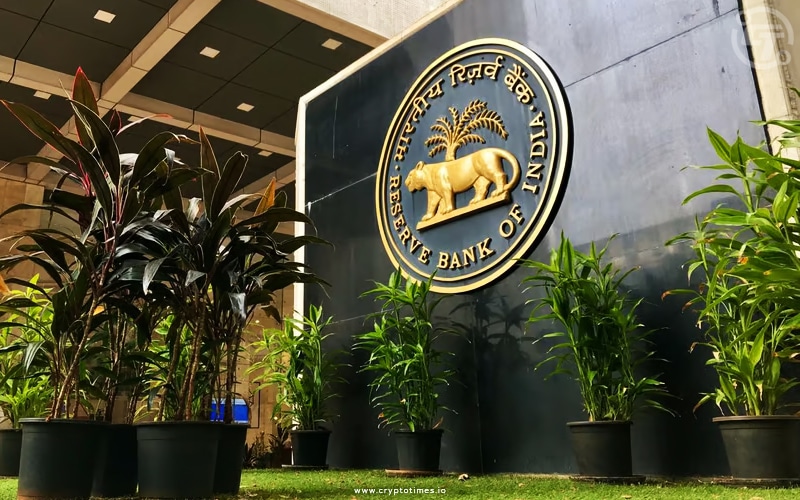Indian banks used the digital rupee to pay out certain employee benefits in December, which helped the Reserve Bank of India reach its goal of one million daily transactions by the end of 2023, as indicated by three people who are intimately aware of the event.
The distributed-ledger technology used in the creation of the central bank digital currency (CBDC), also known as the e-rupee, was intended to serve as a digital substitute for actual cash.
The RBI launched the e-rupee pilot in December 2022, but by the end of October, transactions had only averaged 25,000 per day.
This was although the use case had been greatly expanded by connecting it to the widely used United Payments Interface (UPI), a framework that enables peer-to-peer money transfers through mobile apps.
However, the first source familiar with the pilot claimed that last month, several sizable private and state-run lenders paid out employee benefits scheme amounts straight to the employees’ CBDC wallets rather than their salary accounts.
According to the second source, these lenders included IDFC First Bank, Canara Bank, Axis Bank, Kotak Mahindra Bank, and HDFC Bank.
According to the source, the RBI anticipates that non-financial companies will do the same, which will increase transactions even more.
Several nations, such as Ghana, France, and China, are currently implementing their CBDC projects in pilot form. Others, like Nigeria, have launched their digital currency, but it hasn’t exactly taken off, even though they’re giving incentives like auto-rickshaw ride discounts.
Indian banks are also providing incentives for e-rupee transactions in response to the RBI’s push for increased volume.







